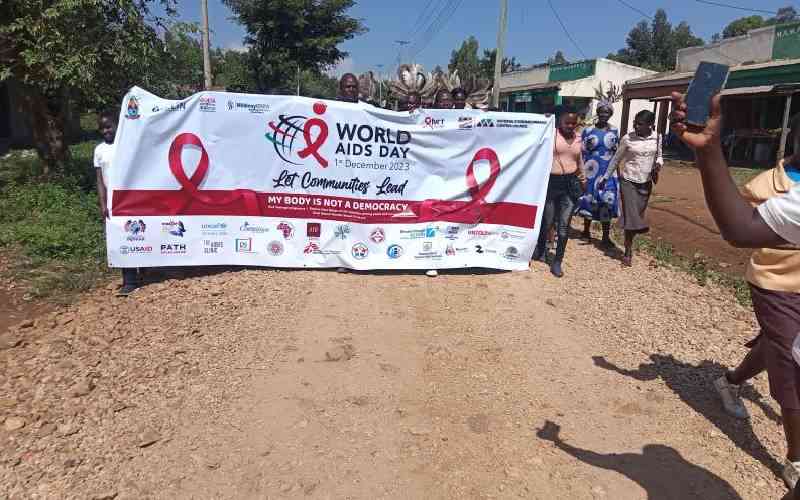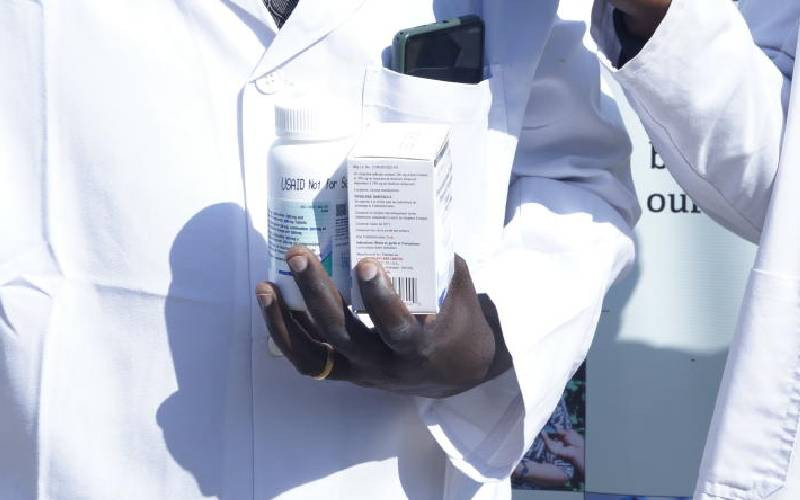
Between 30-50 per cent of all cancer cases are preventable, according to the World Health Organisation.
Here are some risk factors targeted by The WHO Global Action Plan for the Prevention and Control of NCDs 2013-2020 as part of a road map to reduce premature mortality from NCDs by 2025.
Tobacco smoke: It has more than 7000 chemicals, at least 250 are known to be harmful and at least 69 are known to cause cancer. Worldwide, tobacco use is the single greatest avoidable risk factor for cancer mortality and kills more than 8 million people each year, from cancer and other diseases. Nearly 80 per cent of the 1.1 billion smokers in the world live in low- and middle-income countries.
Physical inactivity, dietary factors, obesity and being overweight: Being overweight and obese is linked to many types of cancer such as oesophagus, colorectal, breast, endometrial and kidney. Regular physical activity, maintaining a healthy body weight, and a healthy diet can risk. Excess body mass was responsible for 3.4 per cent of cancers in 2012, including 110 000 cases of breast cancer per year.
Alcohol use: This is a risk factor for many cancer types including cancer of the oral cavity, pharynx, larynx, oesophagus, liver, colorectal and breast. The risk of cancer increases with the amount of alcohol consumed. In 2016, alcohol-attributable cancers were estimated to be responsible for 400,000 deaths worldwide, predominantly among men.
Infections: Cancer-causing infections, such as hepatitis and human papillomavirus (HPV), are responsible for up to 25 per cent of cancer cases in low- and middle-income countries Vaccines are available for hepatitis B virus and some types of HPV, and can reduce the risk of liver and cervical cancers, respectively.
Environmental pollution: It has been estimated that outdoor air pollution contributed to 4.2 million premature deaths worldwide in 2016, of which 6% were lung cancer deaths. Additionally, close to 4 million people die prematurely from illnesses attributable to household air pollution from cooking with solid fuels and kerosene.
Carcinogens at your workplace: It is well-documented that occupational carcinogens are causally related to lung cancer, mesothelioma, and bladder cancer. For example, mesothelioma (cancer of the outer lining of the lung or chest cavity) is to a large extent caused by work-related exposure to asbestos.
- Cancer care mirage: The agony of accessing help from the country's facilities
- Puzzle of small village riddled with cancer
- Is it breast cancer, fibrocystic mastopathy or benign nodules?
- Understanding your chest CT and PET scans in lung cancer detection
Keep Reading
Radiation: Exposure to all types of ionising radiation increases the risk of various types of malignancy including leukaemia and a number of solid tumours. Risks increase when the exposure occurs at a young age and when the exposure amount is higher.
Ultraviolet (UV) radiation, and in particular solar radiation, is carcinogenic to humans, causing all types of skin cancer, such as basal cell carcinoma (BCC), squamous cell carcinoma (SCC) and melanoma. Avoiding excessive exposure, and using sunscreen and protective clothing are effective preventive measures. UV-emitting tanning devices are now also classified as carcinogenic based on their association with skin and ocular melanoma cancers.
- WHO
 The Standard Group Plc is a multi-media organization with investments in media platforms spanning newspaper print
operations, television, radio broadcasting, digital and online services. The Standard Group is recognized as a
leading multi-media house in Kenya with a key influence in matters of national and international interest.
The Standard Group Plc is a multi-media organization with investments in media platforms spanning newspaper print
operations, television, radio broadcasting, digital and online services. The Standard Group is recognized as a
leading multi-media house in Kenya with a key influence in matters of national and international interest.





















